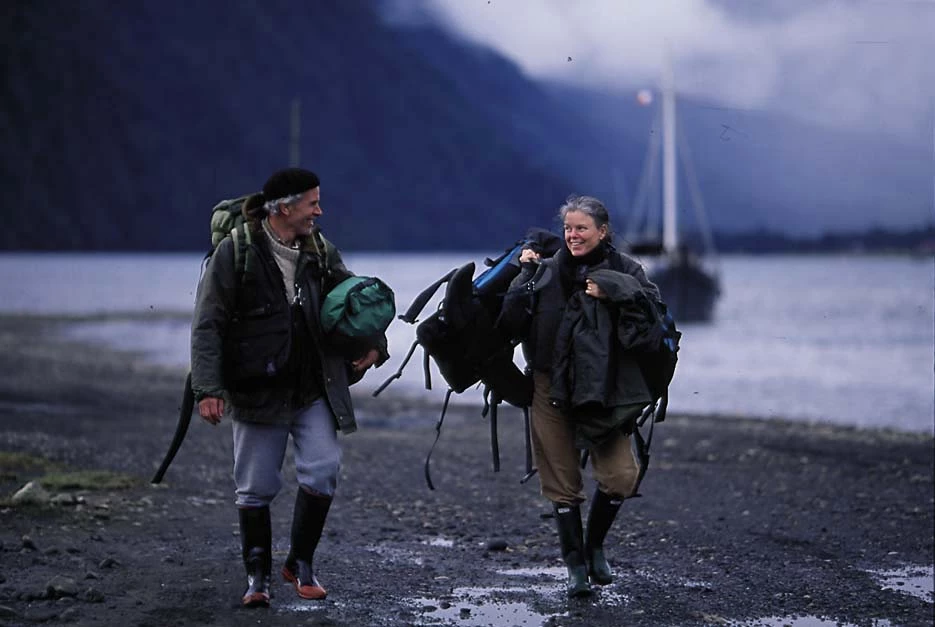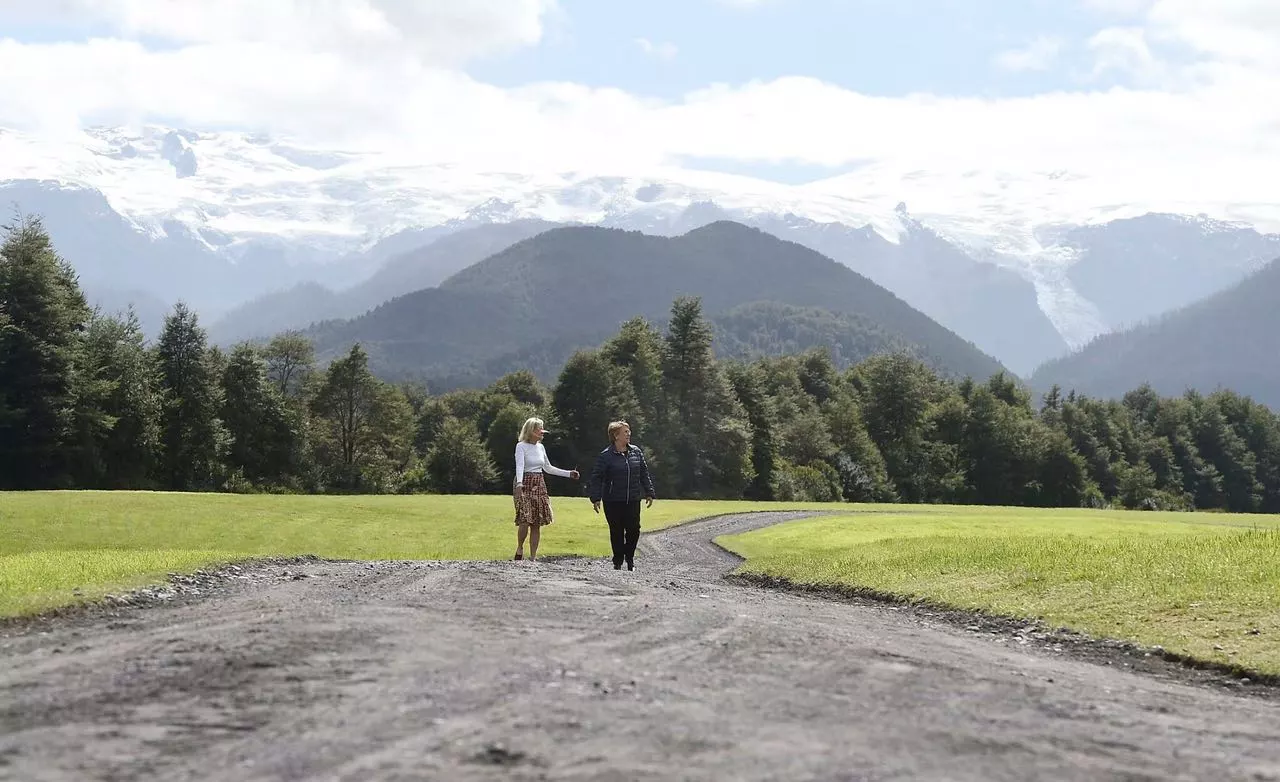Massive untamed grasslands, winding glacial fjords and granite mountain peaks dot the 1,500-mi (2,400-km) landscape between the port city of Puerto Montt and Cape Horn at Latin America's very southern tip. An effort to lock away this wild beauty for future generations has now taken a huge step forward through a new accord to grow Chile's national parklands by 11 million acres (4.4 million hectares), an expansion that includes the largest private land donation in history.
For more than two decades, Kris and Douglas Tompkins have devoted their lives to preserving the biodiversity of Chilean and Argentinian Patagonia.
As former CEOs and founders respectively of outdoor clothing companies Patagonia and the North Face, the pair turned in their lives as successful business folk and relocated to Chile's deep south, where they focused their energy on what they see as the greatest crisis of our lifetime.

Through the foundation Tompkins Conservation, the pair sought to tackle the issue through one key strategy: the creation of national parks. This meant privately acquiring lands across Patagonia, working to restore the habitats and key species and then handing them over to the state.
It wasn't all that smooth of a ride, however, with local politicians, ranchers and community activists suspicious of the Tompkins' apparent altruism. This inspired the suggestion of ulterior motives, including accusations that the pair were building dumps for nuclear waste, hoarding the world's largest freshwater supply, breeding lions and creating a refuge for Jews. Nonetheless, the couple stayed the course and although Douglas died in a kayaking accident in 2015, Kris is now seeing their work pay off, most recently through the landmark agreement with the Chilean government.

"I wish my husband Doug, whose vision inspired today's historic pledge, were here on this memorable day. Our team and I feel his absence deeply," she said at the ceremony last week. "But I know that if Doug were here today, he would speak of national parks being one of the greatest expressions of democracy that a country can realize, preserving the masterpieces of a nation for all of its citizenry."
With Chilean president Michelle Bachelet in attendance, the signing took place at Pumalin Park in northern Patagonia, which was started when Douglas began buying small semi-abandoned plots in 1991 and was eventually designated a Nature Sanctuary in 2005. As of last week, it belongs to the Chilean state, but is just one part of the scattering of lands Tompkins Conservation will be handing over.

"Pumalin Park is just one of multiple parks that will be part of the donation," Alison Kelman, spokesperson for Tompkins Conservation, explains to New Atlas. "This 11 million-acre pledge will create five new national parks, including the future Pumalín National Park, and will expand three more. Tompkins Conservation is donating one million acres, and the government of Chile is donating 10 million acres. For example, Patagonia Park is located in between two national reserves, the Jeinimeni Reserve to the north and the Tamango Reserve to the south. These two reserves will become part of the future national park, and will enjoy elevated levels of federal protection."
When it's all said and done, the total protected area will be three times the size of Yosemite and Yellowstone National Parks combined. It will also serve as a key plank in Chile's so-called Route of Parks, a 17-park network stretching from Puerto Montt to Cape Horn said to have the potential to generate US$270 million in eco-tourism revenue, and jobs for up to 43,000 local people. The private lands pledged in last week's agreement will be converted into national parklands over the coming 12 months.
"All of the land in this pledge will be given to the national park service to either create new national parks or expand existing national parks," says Kelman. "The goal is to have all of the land designated as national park before Michelle Bachelet leaves office in March 2018."
You can learn more about the work of Kris and Doug Tompkins in the video below.
Source: Tompkins Conservation


















